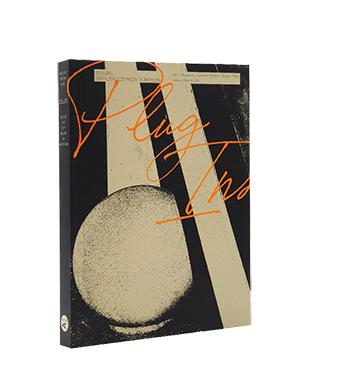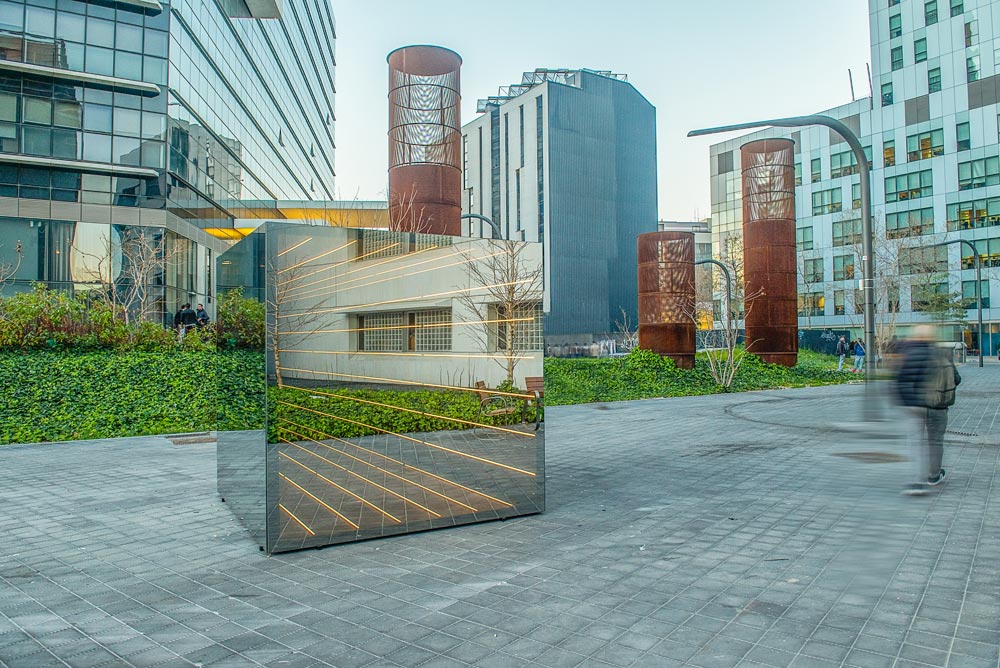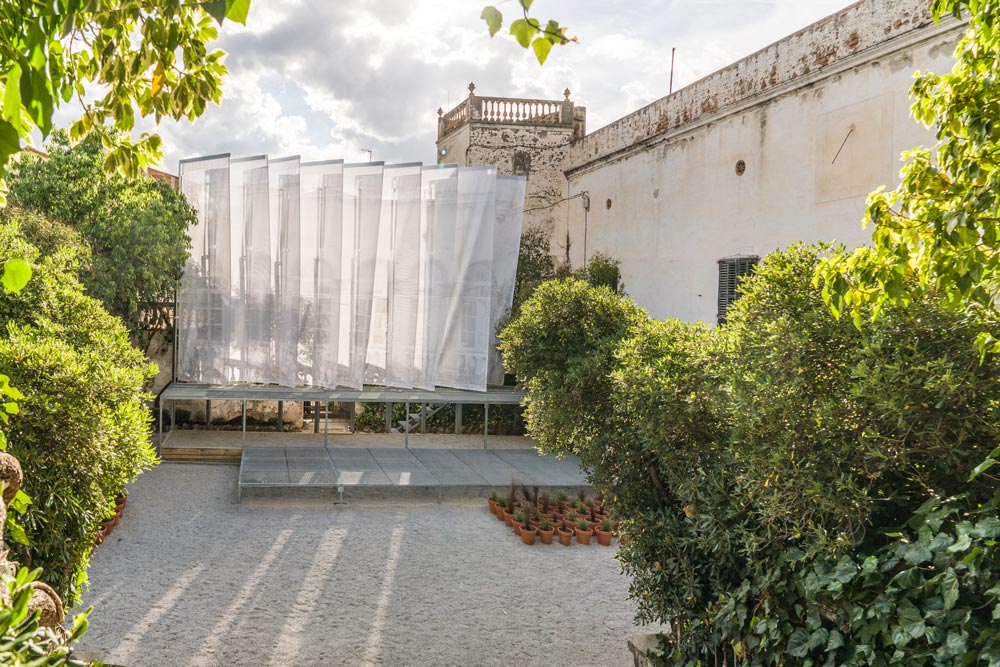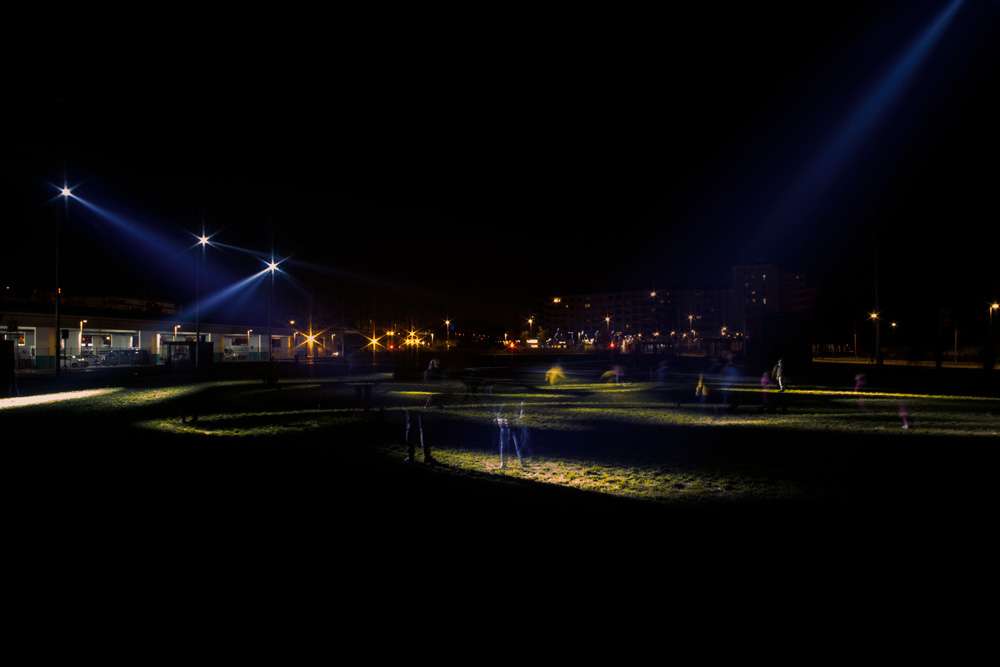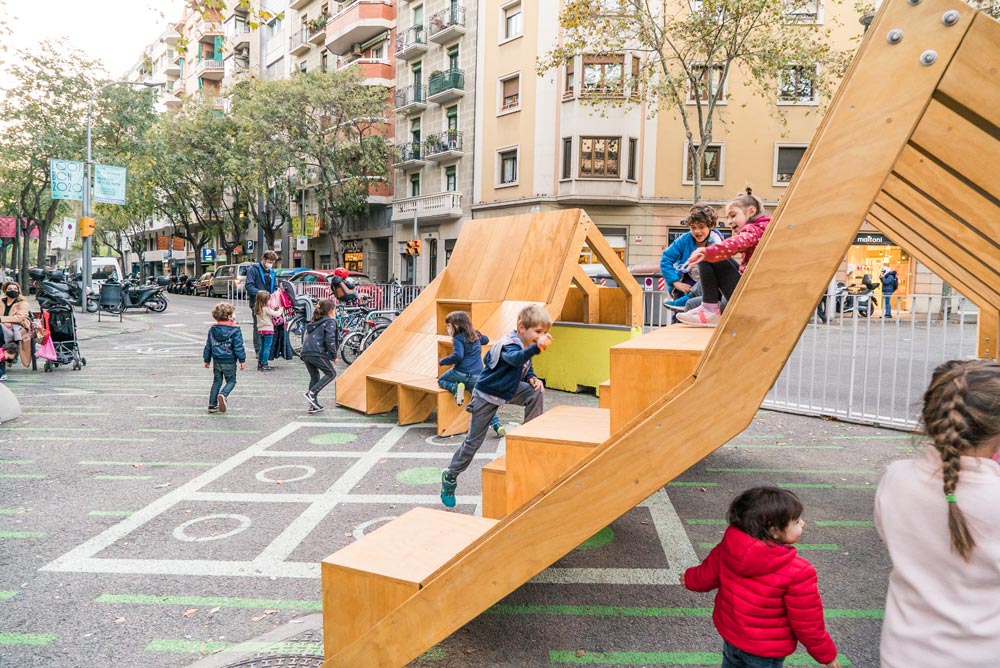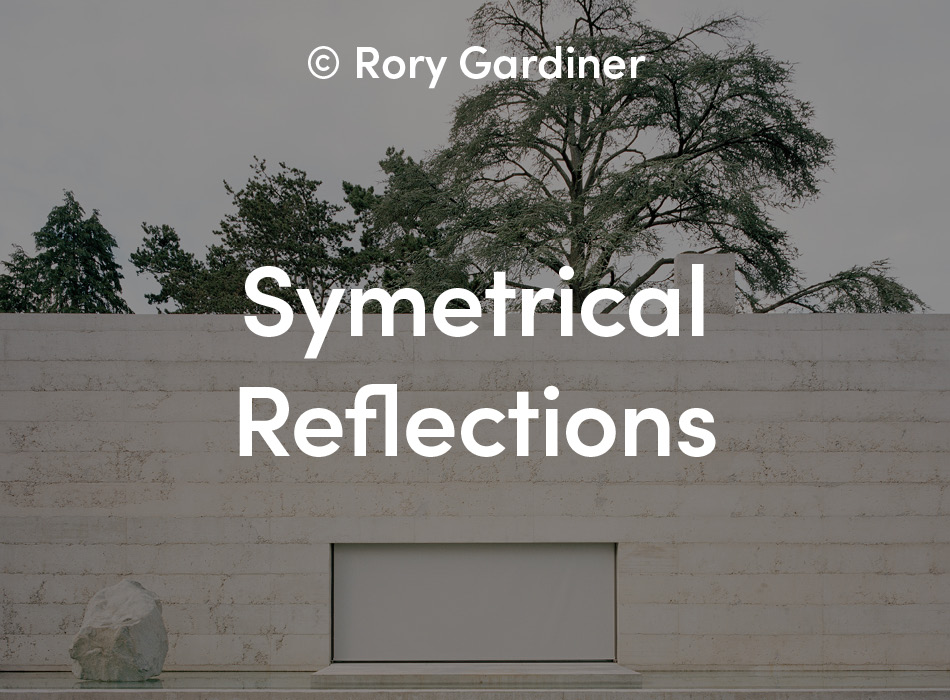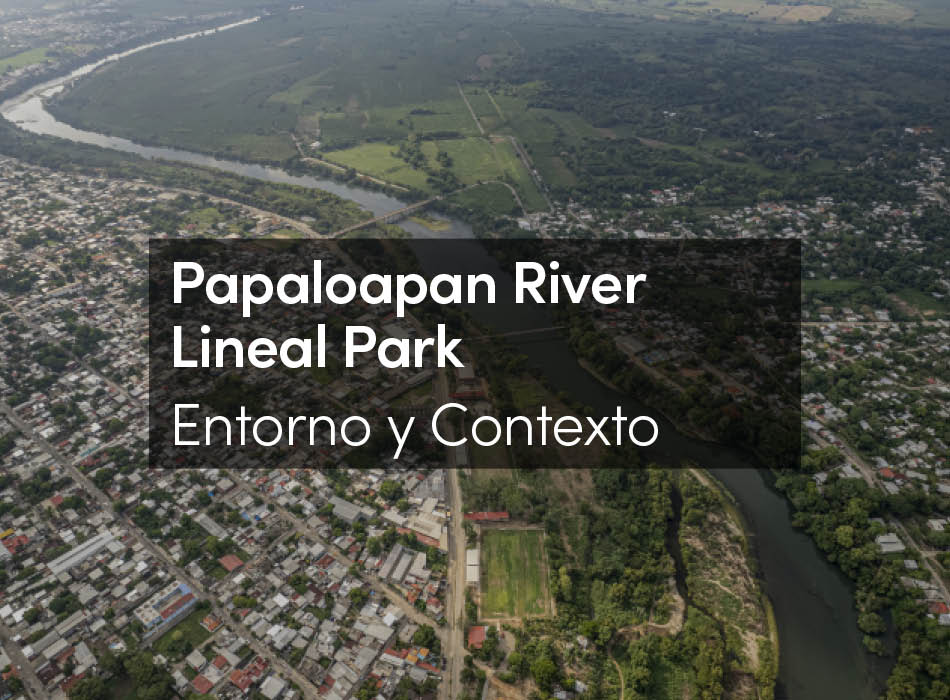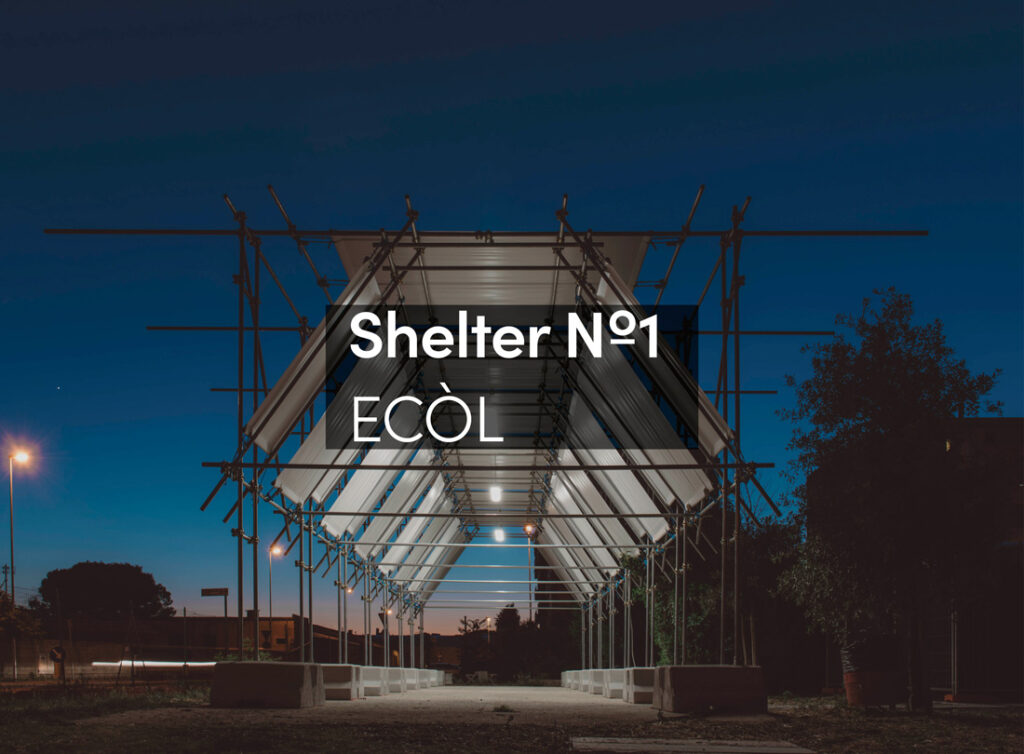Cities are hyper-complex natural-social-technical systems – certainly, the most complex systems that humans have helped to generate, and the ones whose evolution has the greatest implications not only for their inhabitants, but for the entire planet. At the same time, the pandemic and the climate crisis have shown us that it is precisely in cities where the greatest problems are created, and where the ideas and practices to deal with those problems can emerge. In other words, cities are a crucial arena to learn how to navigate complexity to arrive at sustainable ways of life. Undoubtedly, cities today are home to the most diverse and challenging technological productions of human beings in terms of infrastructure, resources and management, and they also seem to increasingly define the key aspects of human relations with the environment, political trends and cultural leadership.
Traditionally, control has been the underlying constant of any design process related to the city. To tackle randomness, unexpectedness and the fear of undetermined outcomes, modern urban planning and architecture have mostly been wielded as deterministic devices to reduce this uncertainty. In doing so, their design processes have successfully addressed key human needs (such as hygiene, food, and education), but they have also become one of the fundamental ways in which top-down urban policies have been imposed on citizens.
Engendering Practices
Over the last century, the dominant approach to complexity has been to reduce it. In practice, that has meant adopting reading models and control tools to help us eliminate the randomness, uncertainty and contradictions that complexity brings into our lives and projects. In this spirit, city planning traditionally developed models of interpretation whose purpose was to try to control the evolutionary processes that characterize the city as a complex phenomenon. However, since complex systems and their evolutionary processes, by their very nature, cannot be controlled, this approach has shown its limits and, ultimately, it has contributed to the critical situation (in social, environmental and ethical terms) we are experiencing today.
This book advocates a radical change in this approach: extending the meaning of the traditional city planning to the one of city making, avoiding mechanistic and simplifying representations of the city and exploring urban visions and practices that recognize its complexity and try to critically navigate it.
To move in this direction, the first step is an act of modesty: to fully recognize the complexity of the systems we are dealing with, and of which we are a part, and therefore recognize that, since we cannot control them, we cannot totally control the final effects of our actions. The reason for this is to be found in the fact that, within a complex system, each agent interacts with the other agents in an unpredictable way. Recognizing complexity therefore means recognizing that we cannot actually “produce results”, but only contribute to their cogeneration. Bruno Latour proposes the word “engendering” to characterize design activity when taking into account the network of interdependencies in which its action is inserted and therefore on which the final result depends. He writes, “To speak of engendering is to establish a distinction between the act of producing—which attributes the undertaking and the central role to the human agent—and the act of contributing to the generation—which shifts the center of gravity onto other modes of action.”[1]
Unlike the anthropocentric idea of production that we often use in our contemporary Western or Westernized societies, when we refer to “engendering practices” we see ourselves as part of a larger process over which we have no global control, because we are just one of many agents that interact with others and, together, form the web of life.
Taking this position does not at all mean being overwhelmed by complexity and letting things go as they are without taking responsibility for intervening. On the contrary, it means taking responsibility for acting while accepting and understanding the limits of our actions. And, precisely for this reason – precisely because our starting point is a more appropriate model of reality – this can give us more chances of coming closer to reaching our desired goals.
Urban Systems and Plug-ins
Many cases presented in this book can be seen as engendering practices: actions that generate transformations in the urban ecosystem, with the intention of giving what one would like to see happen a greater chance of existing, thriving and lasting over time.
While city planning relies on top-down design forced onto a complex and shifting reality, city making introduces subsystems into the urban ecosystem that are capable of generating changes. Design for city making strives to devise these subsystems in such a way that what emerges from them is likely to resemble the city we desire.
As mentioned earlier, we call these subsystems plug-ins, and we claim they are a solid yet supple conceptual framework for rethinking design’s agency in the city. We understand plug-ins as design outcomes that, when inserted into a larger system, generate new configurations of the whole. They are subsystems we have a certain degree of control over (meaning we can design and implement them) that activate a systemic change we do not fully control. In our opinion, the heart of design in complexity, and therefore of design for city making, lies in the relationship between what we can actually produce through our actions and what emerges from the intricate play of interdependencies that characterizes urban habitats.
The nature and function of plug-ins express, in no uncertain terms, the contradictory condition of the designer, who, when faced with complexity, must accept it without being overwhelmed by it. Designers must take a stand and act accordingly, knowing that their ideas, and how they translate them into practice, are introducing a designed element – a plug-in – into the tangle of interactions that constitutes the web of urban life.
The plug-ins that give this book its title operate in a different, complementary or even critical layer than the many other practices and fields of knowledge that have a bearing on the urban phenomenon (architecture, urban planning, economy, policy making, etc.). Design’s interaction with these disciplines is not limited to a certain scale or a specific format (in terms of spatiality) or to a specific collective (in terms of the actors involved), and it does not come after other disciplinary agencies (in terms of temporality). Plug-ins perform a specific role with regard to design in the city, simultaneously assuming their autonomy and their constant interaction with many other fields, participating in a constant investigation of, reflection on, and practice of what a city is and how it operates.
The Materiality of Hybrid Space
In the previous sections we have seen a series of plug-ins that are quite different in terms of purpose and dimensions, but they all share a consistent material component: they are systems whose ability to produce relationships is strongly conditioned by interactions that take place in the physical world, in proximity. For this reason, their material dimension, and the proximity interactions it generates, are a relevant aspect of their hybrid relational-material nature and, therefore, of the complex tangle of engendering process into which they are inserted.
In Chapter 2 we focused on an ecology of durations generated by the spatio-temporal interaction of bodies and things, unfolding both in concrete physical spaces and in the digital sphere, but always affecting the material makeup of the city. In Chapter 3, the city was posited as an intertwining web of relationships, and we saw that it is inseparable from the set of people, infrastructures, and relational objects that make it possible and sustain it over time. Finally, in Chapter 4, addressing the meanings the city conveys, we saw how they are connected to the materiality of the signifiers – that is, of the material entities that make it up. All this led us to discuss how and to what extent the materiality of bodies and things comes into play in the construction of the city.
These observations emerged with particular clarity in the design research that took place in Barcelona: a dense and dynamic city, where space, time, relationships and meanings are tangibly linked to the concrete reality of its citizens, its streets and squares. However, we believe that the lessons we have drawn have a general value. We also claim that this interaction between spaces, times, relationships and meanings is the link between the recognition of the complexity of the city and that of its materiality. Of course, this insistence on the material dimension of the city does not imply a return to the time when the city seemed to be made up only of buildings and streets. In short, to refer again to Richard Sennett’s conceptualization,[2] it is not a question of returning to the ville and forgetting the cité. Instead, we need to recognize that the cité, the lived, relational city, cannot be separated from the ville, understood as the set of bodies, people and things, which intersect, collide, create frictions and generate relationships in a complex spatio-temporal arena.
Recognizing and accepting the irreducible complexity of the city means recognizing this coexistence of material and relational realities, acknowledging that the city is also an assembly of bodies and things – that is, of actors and actants – that interact in physical and digital space and produce what Donna Haraway[3] refers to as situated knowledge, based on the assumption that the perception of any situation always involves embodied, spatio-temporally located subjects.
With respect to this last point, we have also learned another important lesson. Reflecting on the growing role of digital space (a space in itself without distances and without matter), we have learned that it modifies the material dimension of the city, but does not eliminate it. The digitization of the city does not imply its dematerialization, but rather opens up novel ways of relating the material and relational aspects of cities, along with new ways of addressing civic agency.
Urban space today is already, and will increasingly be, a physical-digital hybrid space. But hybrid space has, and will likely always have, an irreducible material component. The question we need to address is what the quality of this hybrid space will be.
The Topology of Cities and Sustainability
We have seen that the times, spaces, relations and meanings of which the city is made would not exist if they were not incorporated into matter, if they were not materialized in bodies: the bodies of people, but also of things (in other words, houses, public spaces, products, services, or events). But we should add that the reverse proposition is also true: these bodies, of people and things, of actors and actants, exist and transact in specific space-times, creating landscapes with topologies that indicate different possibilities of life and, specifically, different types of cities.
In order to understand a city, and therefore its functioning and its meanings, we need to have a vision of how people and things are arranged in space and distributed in time, precisely because cities also have a material dimension. If this materiality were negligible, their location in physical space would be irrelevant because digital connectivity eliminates distances. As we have said, however, this is not the case, and therefore their distribution in space-time – that is, the topology of the landscape they generate – is important when it comes to defining how the short networks of proximity and the long networks of global connectivity are generated and, ultimately, how the city works and what meanings it produces.
In fact, people and things interact and build proximity systems: spatio-temporal systems of material entities which, given their proximity, can also interact physically. The proximity system thus introduces a topology of the material landscape that lets us to see and discuss, at the same time, people and things, and their relationships in the physical world. This makes it possible for us to qualify the urban systems we inhabit.[4] What we have seen is that the nature of these proximity systems is important in defining people’s quality of life. Their density and variety determine what a person can or cannot find nearby, and what their chances are of meeting other people with whom to establish fruitful community relationships.
Moreover, proximity systems are also important in determining the environmental weight of the production activities taking place. This is the case because their topology affects the intensity of transport, but also because the spatio-temporal characteristics can concretely limit or favor the practicability of a circular economy.
Ultimately, what we have learned in recent years is that it is precisely these proximity systems, the spatio-temporal topology of the material landscape, that decides whether and to what extent the city that is generated will be livable and sustainable.
Towards a City of Care
Until recently, the belief that connectivity and digitization would lead to the dematerialization of the world dominated popular consciousness and led us into a sort of blindness. The inescapable reality of the ongoing social and environmental crises, however, currently exacerbated by the COVID-19 pandemic, have forced us to change our perception of the city. These crises have clearly shown that we have been blind to something that was actually quite evident: what might have seemed like an economy of services and deterritorialized and dematerialized experiences has actually required large amounts of energy, piled up mountains of waste, and led to the physical and social marginalization of an increasing number of people.
This inability to recognize the material dimension of bodies, things, cities and the world as a whole is also the cause and effect of the lack of care that sadly characterizes contemporary cities and society. The care we are talking about here must be understood in the broadest sense of relationships, attention, reciprocity between people, and between them and their surroundings, on all scales: from the hyper-local to the planetary. Understood in this way, care relates to everything we have talked about until now: the materiality of bodies and things and their situated existence in space-time.
As Maria Puig de la Bellacasa points out, there can be no care without physical contact and reciprocity[5] – that is, without proximity between bodies. This reciprocity and this necessary proximity are the direct expression of the interdependence that connects all the subjects who have a role in a care relationship. But they are also the key to understanding how and why conceiving the city as an abstract entity, as a dematerialized system, as a city of distances, translates into the practice of the city without care.
Working on these issues, and writing this book, we have learned not only that we cannot ignore the material dimension of the city, but that it needs to be our starting point: we need to recognize materiality as the substratum of every relationship, as a signifier of every meaning, as a necessary basis for establishing an ecological relationship with the world. Starting from there allows us to define the most appropriate plug-ins: the ones that, in various ways, make it possible for rich, dense and diversified proximity systems to emerge – plug-ins that are capable of stimulating and supporting care relationships between human beings and with the entire web of life to which they belong.
Design as Plug-in
Throughout this book, we have described plug-ins as part of a renewed approach to how design can be a key agent in city making. Plug-ins are situated design outcomes that aim to enrich the complex system of the city, accepting this complexity as positive and unravelling unexpected aspects as key agents for a desired city. By doing so, plug-ins extend the potentialities of the city, allowing individuals, collectives and built environments to reflect on their nature and perform in radical and active ways, pursuing their deserved position in the world.
As we laid out previously, based on the effects they produce in an urban system, the impact of plug-ins can be that of a generator (introducing new elements into a pre-existing context, transforming initial conditions and opening up new expectations and possibilities); a mediator (social condensers distilling existing practices into new landscapes and producing new relationships that activate the urban system); and an identifier (recognizing, visualizing and labelling spaces and practices, contributing to maintaining or enhancing a level of conscious awareness in the urban fabric). Plug-ins become a subset of agents to promote change in some deeply embedded inertias within the complex system of the city.
The texts and projects presented in this book assume that the key dimensions of these plug-ins are temporality, relationality and materiality.
Temporality is understood as the awareness of the diverse times that coexist in a city – from history to temporariness, from narrative to experience, from diachrony to synchrony, from memory to desire. By working on temporality, design plug-ins allow a multiplicity of individuals and collectives to find their own path and performance within the city. Furthermore, a critical, active use of temporality in design questions the abstract myth of innovation and the capitalist dependence on an ever-imminent promised future, while promoting a sense of co-responsibility for our urban environment through situated spatio-temporal practices. We claim that a focus on temporality results in a focus on civic life, situated experience and new forms of politics and of beauty.
Relationality establishes the social dimension of any design outcome, assuming the need to constantly question, reflect on and reframe the interactions between individuals and collectives. Attending to relational aspects, design plug-ins become key agents affecting the role human beings play in urban life – a role that is performed in both the physical and digital layers, and one that acknolwedges the potential of digital technologies and social media to develop infrastructures and services, at the same time that it is rooted in the caring dimension that underlies any human interaction.
Materiality, as the physical instance of this fundamental triad, recovers a deserved focus on human beings as embodied entities who interact critically with the built environment. Plug-ins address the concrete dimensions of the material interaction between bodies and their environment. This concretion not only questions and repositions any abstract policy or project implemented in the urban system, but also promotes an active re-semantization of the city led by individuals and collectives and a conscious care for the impact of any process related to matter and energy.
If they are to have an impact on the complex urban systems of contemporary society, design outcomes should be developed though these three key lenses, and, hopefully, the design-as-plug-in concept put forward by this book offers a clear yet open-ended way to do so, boldly positing design as a city making practice.
